The phone let out an annoying shriek. With my barely open eyes I glanced at the window, only to be greeted by a wall of dark stillness. The duvet hugged me in a warm embrace like a long-lost lover. But, as my phone kept on reminding me, it was morning. And I had a job to go to. As I dragged myself out of the bed, I wondered what my family and friends back home in India were up to. It was after all India’s Republic Day and by then it was noon local time. I checked my phone to discover the wonderful piece of news it had in store for me! Few hours ago, the Government of India had published the list of National awardees for 2021 and amongst the recipients of Padma Shri, the fourth highest civilian award of India, was Mr Biren Basak, master weaver from West Bengal and a close family friend.
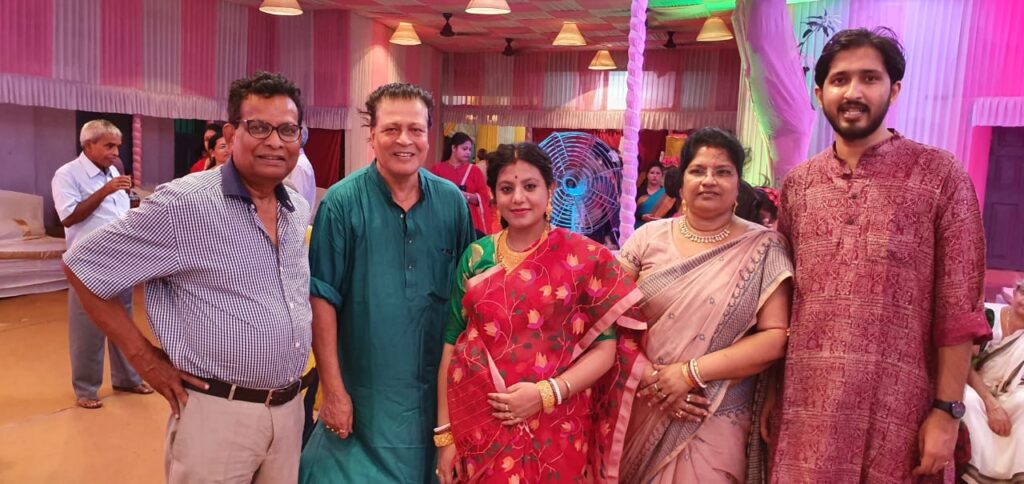
Biren Kaku (Bengali for father’s younger brother) lives in Phulia region of Nadia, one of the core handloom hubs of West Bengal. Many moons ago when my father was posted in Nadia as a young doctor, he was introduced to the Basak family. It was a professional relationship to begin with. But before long, he became one of their own. He often fondly mentions their warmth and hospitality. And their simplicity despite the achievements and fame.
I have been to their home a few times as a child. Few years ago, I even took my in-laws on an impromptu shopping spree. Vikram and I had taken his family on a short trip to another destination in Nadia and on our way back decided to stop over. Chewy, our family dog accompanied us, but I knew that it would not be a problem as the Basak family are dog lovers and have canine companions of their own. Chewy, the most spoilt and pampered pet in the world unfortunately did not get along well with the resident pooches. But that did not deter us from filling up our shopping carts.
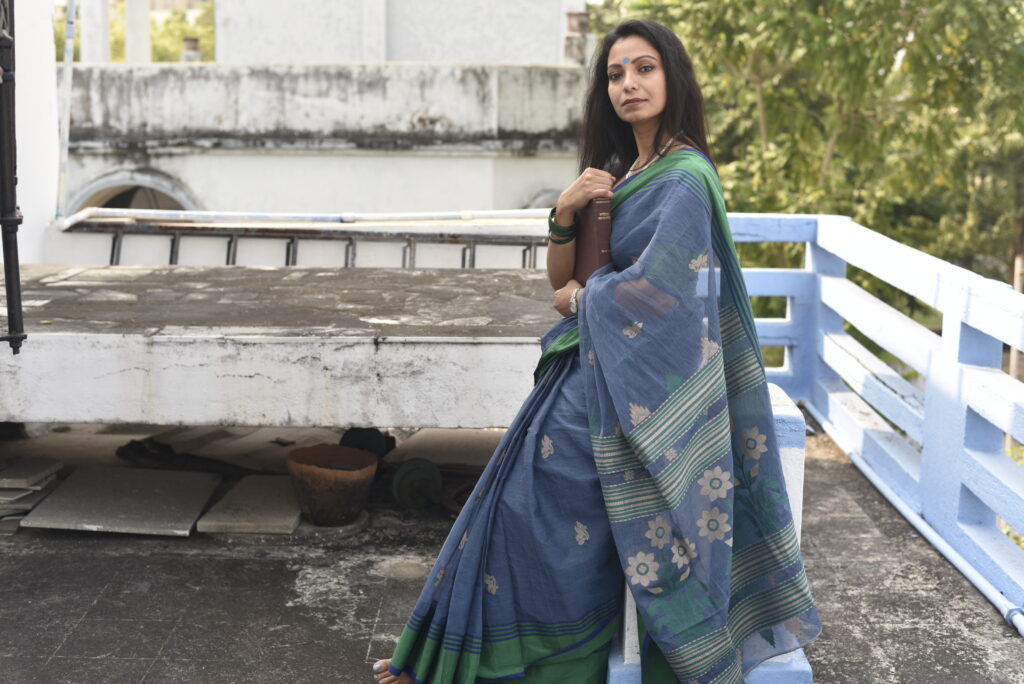
For a handloom afficionado like me, Kaku’s atelier is like a fantasyland. I could barely believe my eyes when he and his team exhibited some of the masterpieces from their personal collection. Pieces of fabrics woven in the Jamdani extra weft technique bearing images of India’s national icons and scenes from everyday life. The softest and finest of cotton woven delicately with patterns so precise, that one could easily mistake them for paintings. These are the award-winning creations for which Kaku was honoured with the National Award, Sant Kabir Award, among many others. The amount of time, patience and skill needed to make these is evident.
Biren Basak was born in the Tangail district of the newly formed East Pakistan (now Bangladesh) barely a few years after India’s independence. Undivided Bengal had a rich heritage of weaving that dates back at least six centuries. Many of the dynasties that ruled over Bengal offered generous patronage to the handloom industry (except the British but I will tell you about them some other day). Among the many centres that flourished was Tangail, famous for its ubiquitous sarees.

As a riverine region blessed with fertile soil, Bengal grows some of the best varieties of cotton. And as the local weather is hot and humid for most of the year, cotton sarees have always been favoured by the women of Bengal. Tangail was one of the foremost producers of such sarees made with high quality cotton threads and typically having small motifs in the body made by extra weft technique. The borders characteristically have designs using extra warp. Tangail sarees can be considered as simplified versions of the Jamdani. Both utilise extra weft but Jamdanis are more intricate and detailed, require more skill and time and obviously are more expensive.
In the 1960s a host of elite weavers were forced to leave Tangail because of socio-political tensions. Biren Kaku was only a child when he had to leave behind everything he had, and along with his five siblings and parents flee to a place unknown. With the constant threat of death looming over their heads they had to hide during the day and walk for miles after dusk. Finally, they managed to cross the borders and sought refuge in the Phulia district of Nadia. To make ends meet he had to forego education and joined his father and brothers in local weaving facilities. His father was a master weaver of Jamdani and Tangail and Kaku was quick to learn the art. In the 70s he along with one of his brothers started door to door sales of sarees in Kolkata. Everyday at the crack of dawn they took the train to Kolkata and after a long day of tireless walks carrying almost 100 kilos of wares on their backs, they returned home late at night. It was exhausting but they soon established a loyal clientele and managed to set up a brick-and-mortar shop in South Kolkata. He however did not enjoy this new experience and returned to rural Bengal to pursue his first love – creating works of art.
In 1987 Biren Kaku formally set up his atelier in Phulia, a bustling village about 100 kilometres from Kolkata. He started with a team of 800 weavers which now has swelled to 5000. They are trained by him and work on his designs. His company does not have a retail space and deal primarily with wholesale supplies. He has though converted a part of his home into a showroom of sorts for anyone who wishes to purchase directly from him. His son Abhinaba, who lovingly calls me Didi (elder sister) also reaches out directly to customers by WhatsApp. A little bird tells me that PadmaShri Biren Basak’s company is planning to launch their first retail space in London. I have already decided what I will wear to the inauguration. A stunning cotton Jamdani depicting life in rural Bengal. Abhinaba, are you listening?!
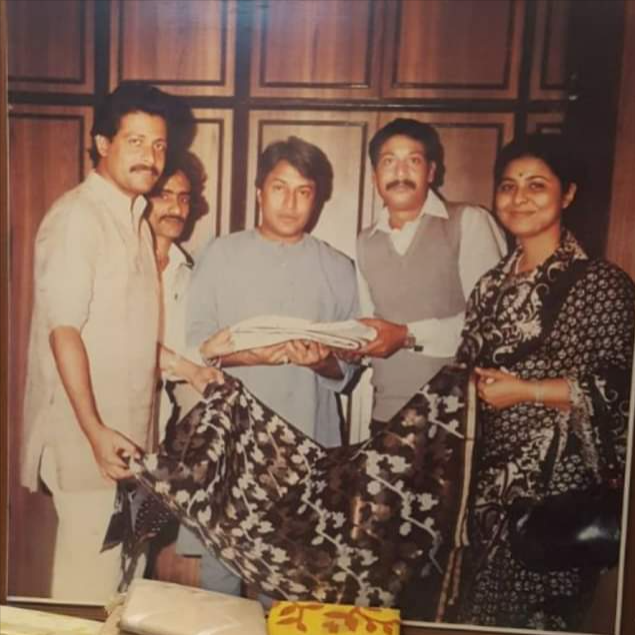
Source: Biren Basak Company 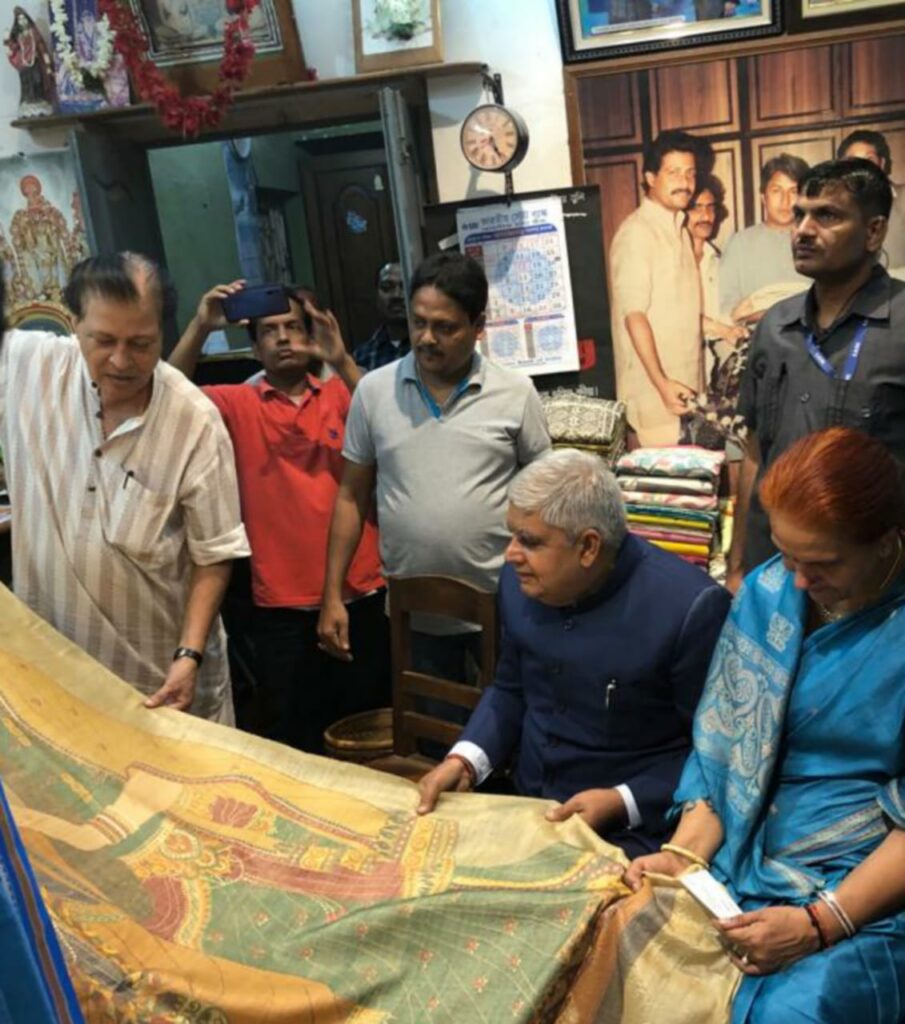
Source: Biren Basak Company 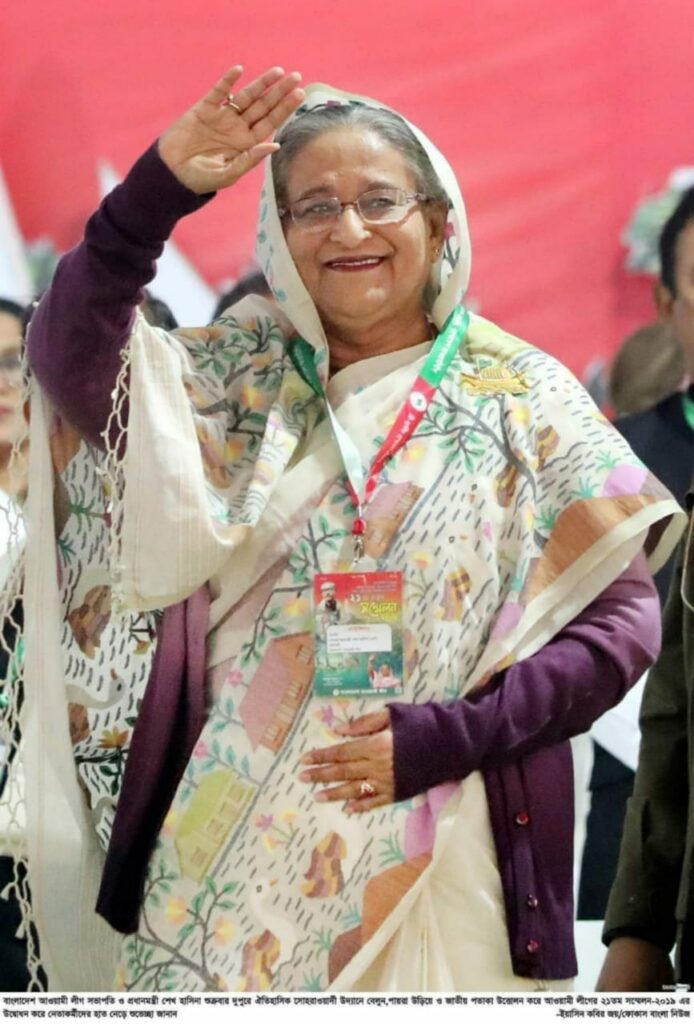
Source: Biren Basak Company 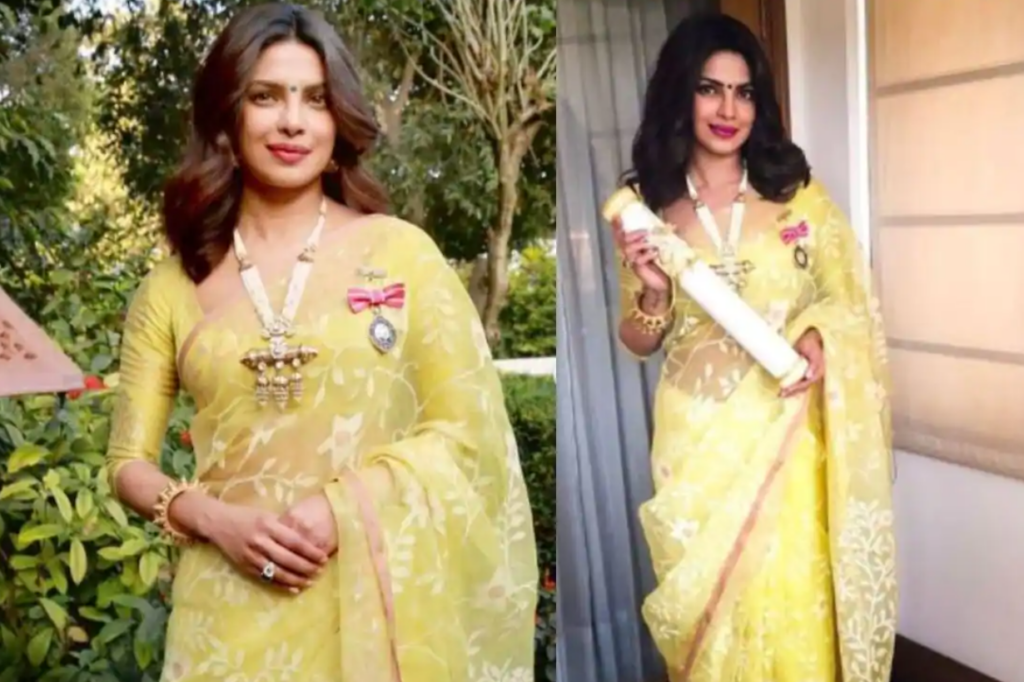
Photo Credit: Instagram @priyankachopra 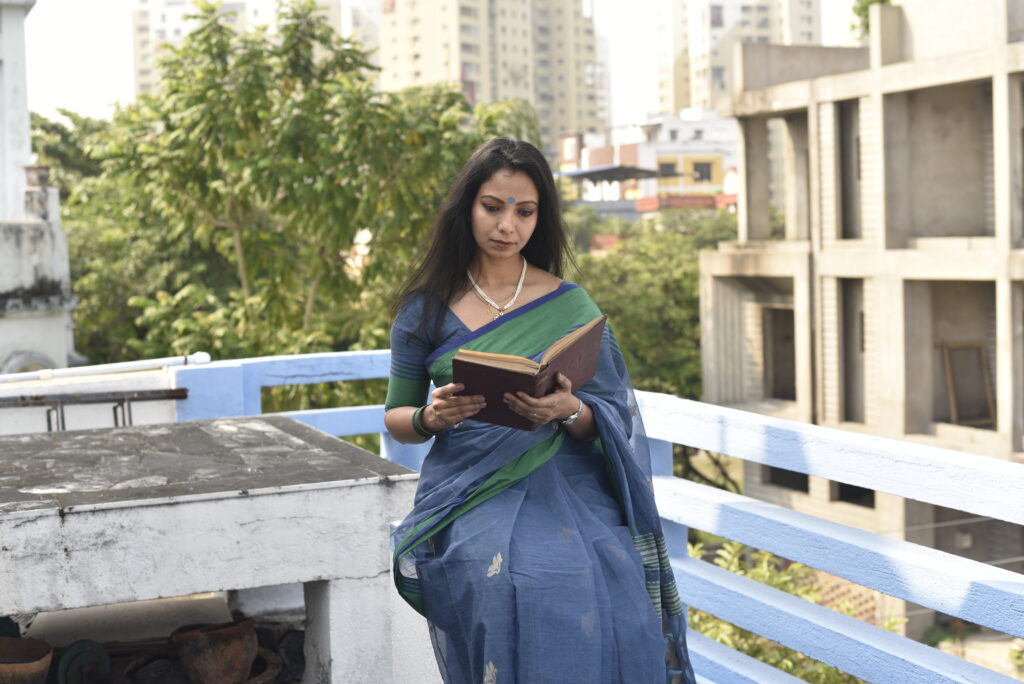
Rabi Thakur, Tant Saree and the Bong Naree!
Art Form- Bengal Phulia Tant (Tangail & Jamdani)
Artist- Biren Basak
Contact- +91 96091 03106
Social media-
https://www.facebook.com/BirenkBasak1
https://www.instagram.com/birenkumarbasak/
Website- www.birenkumarbasak.in
Languages- Bengali, Hindi, English

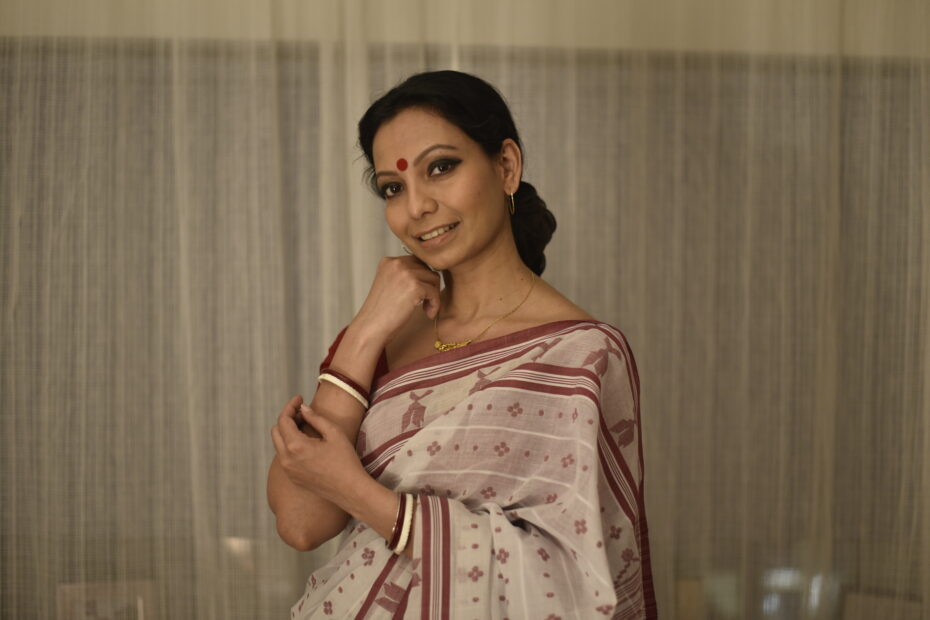
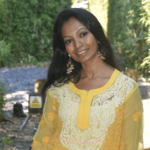
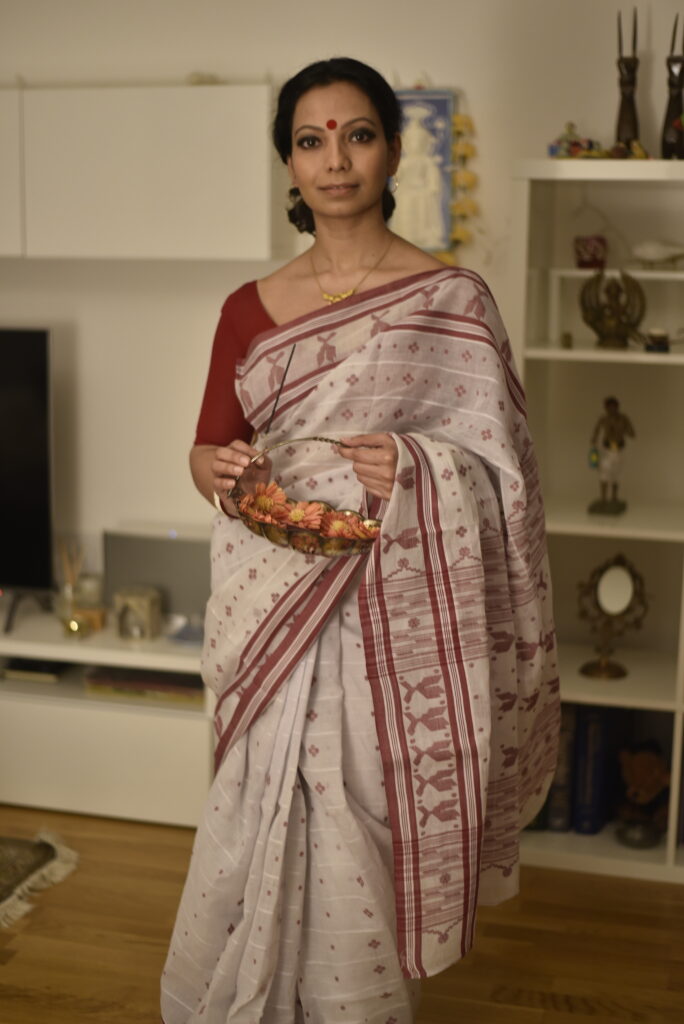
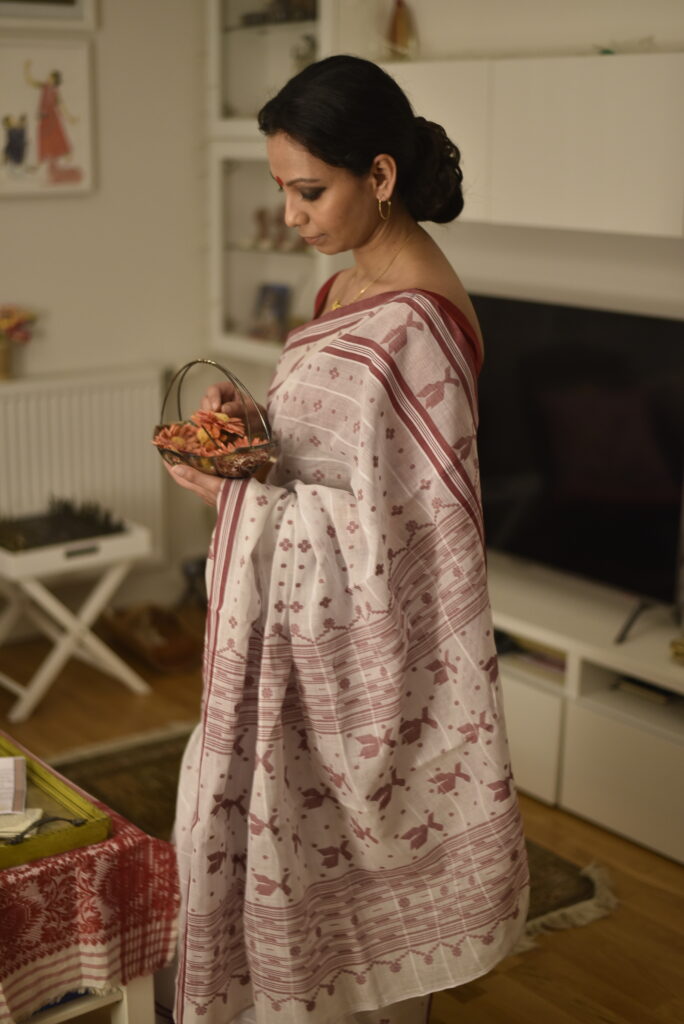
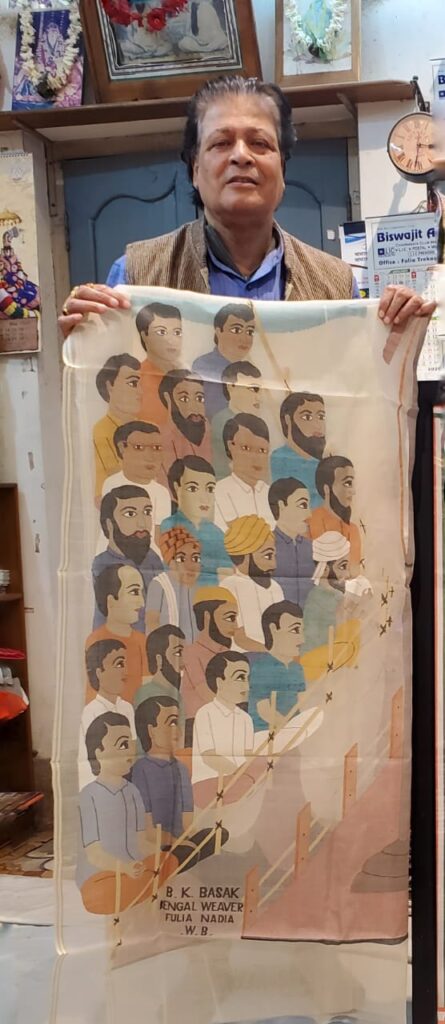
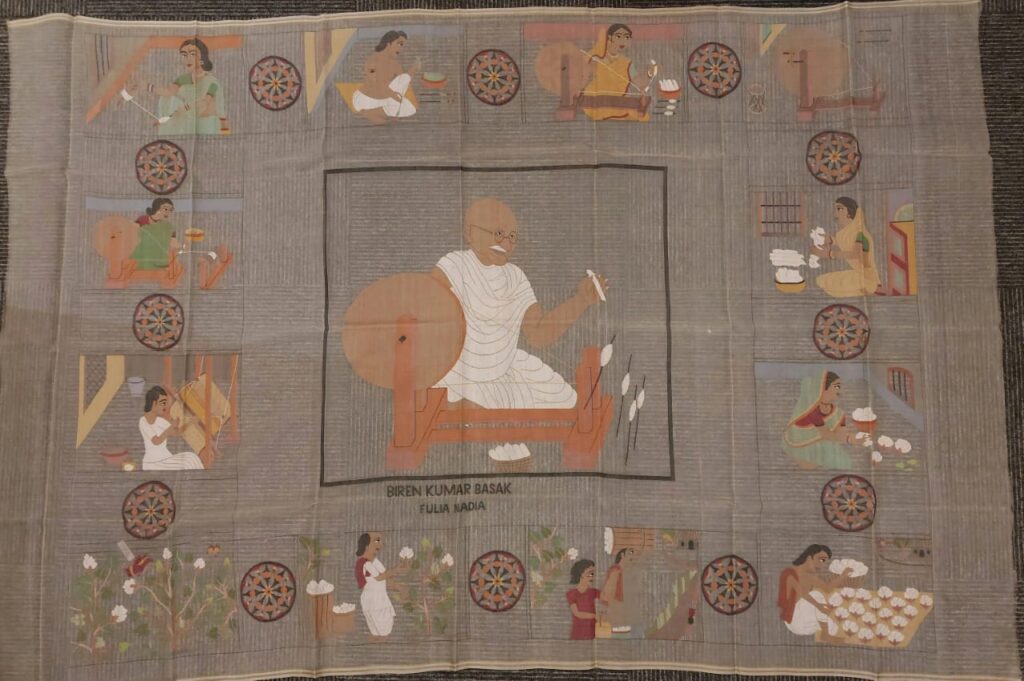
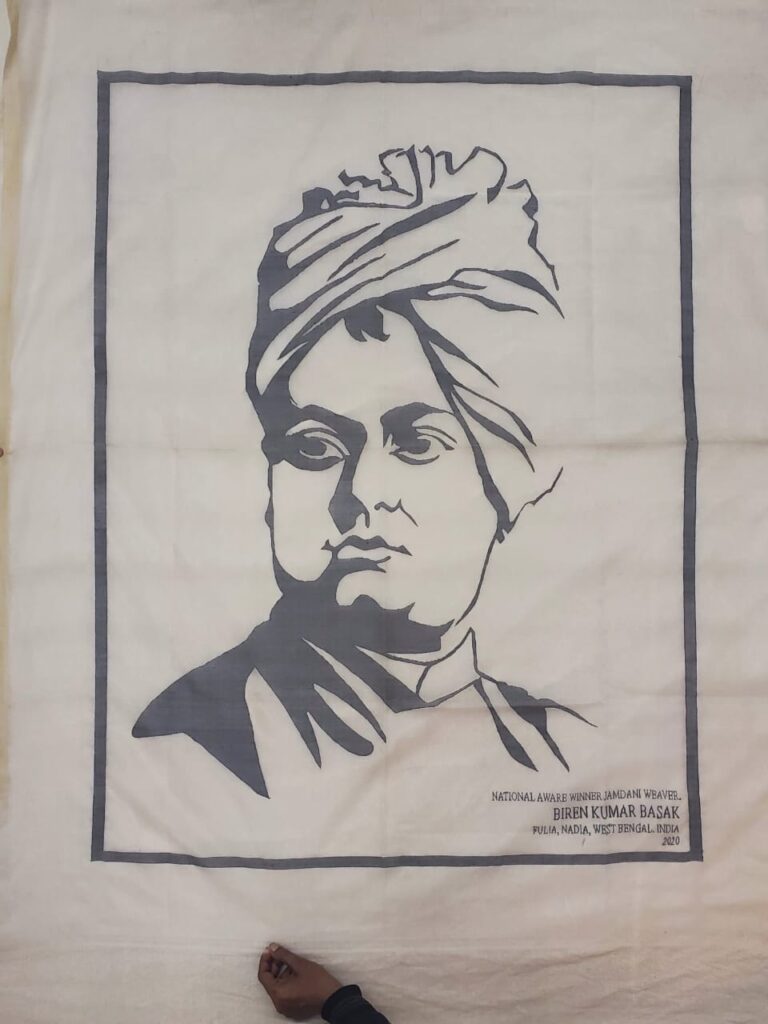
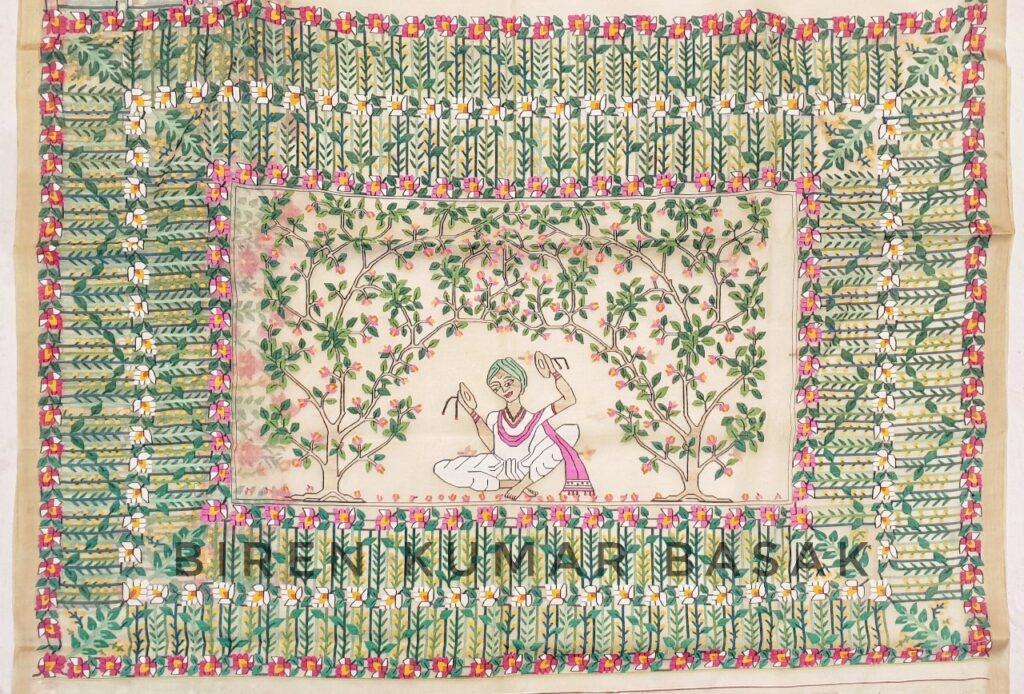
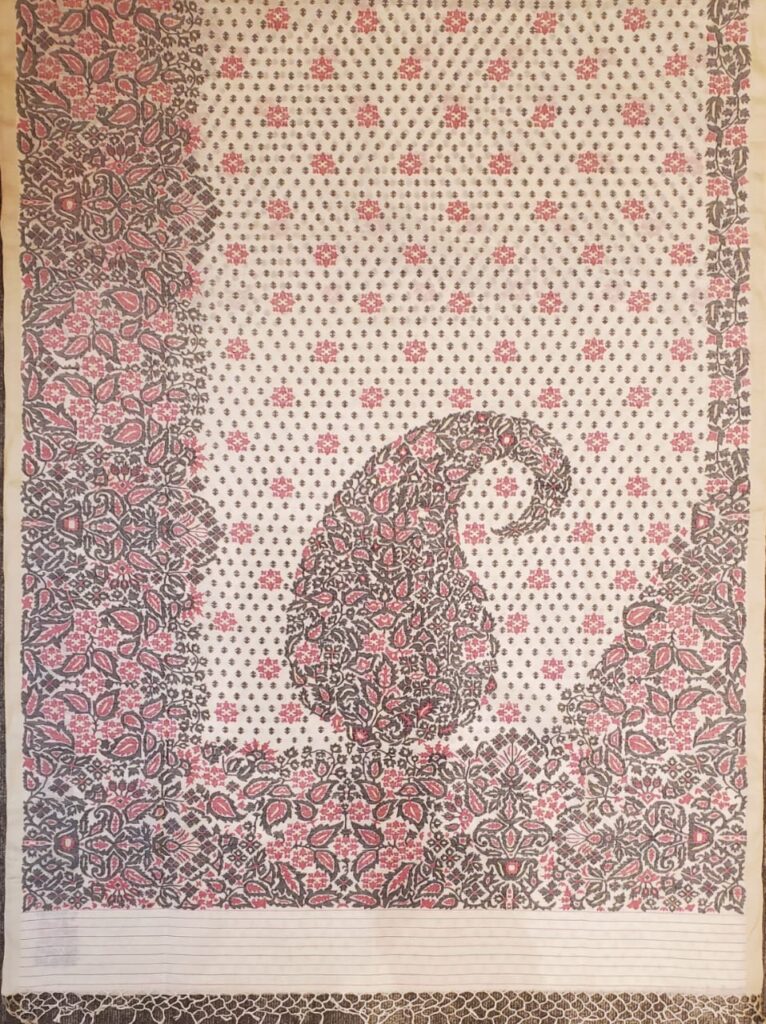

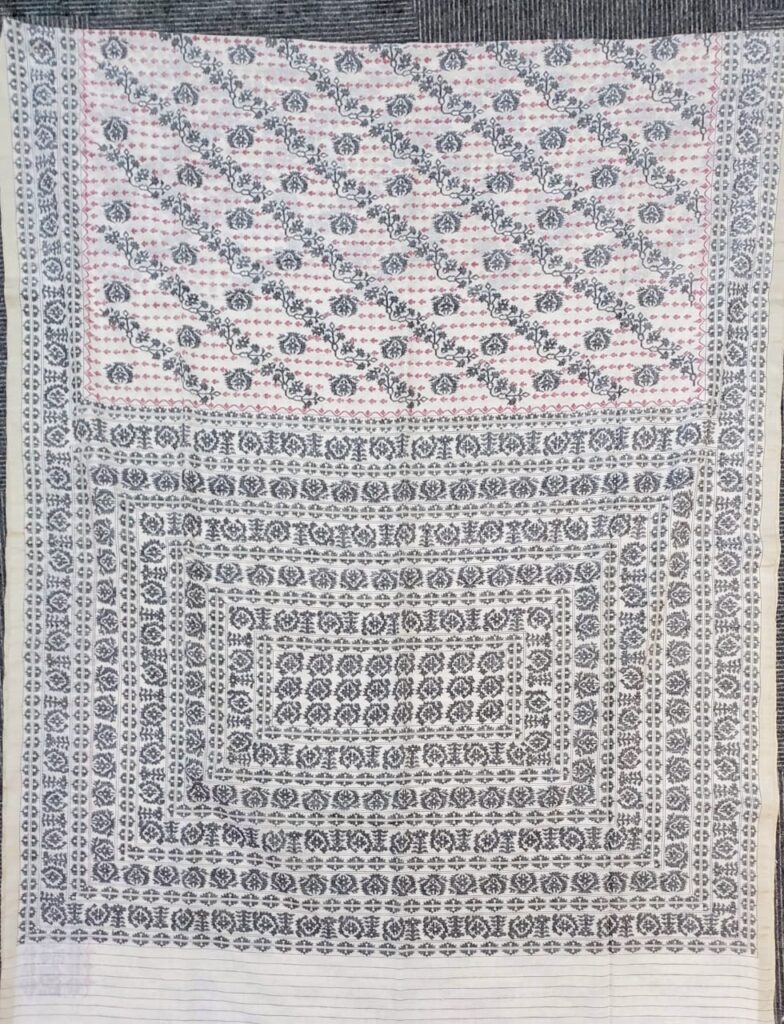
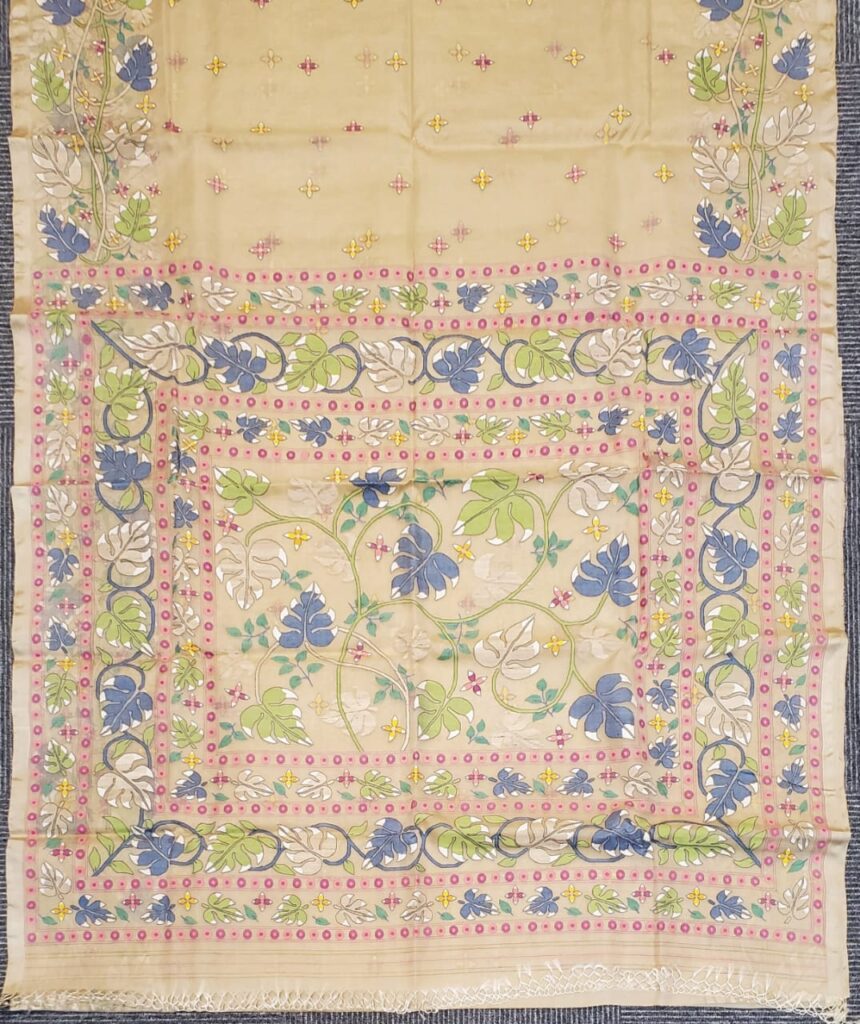

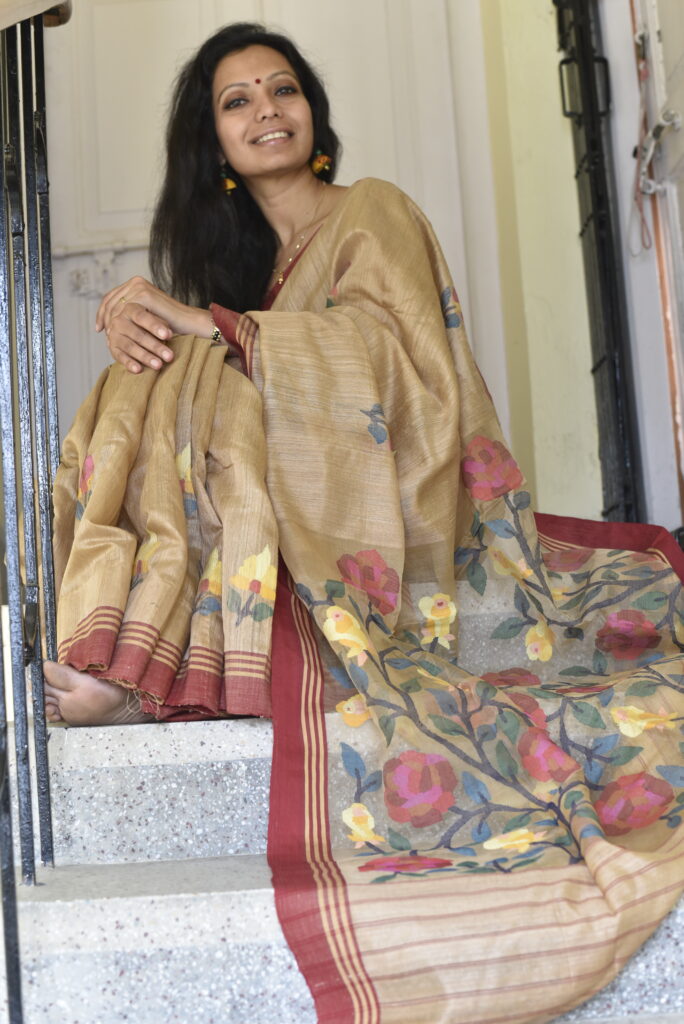

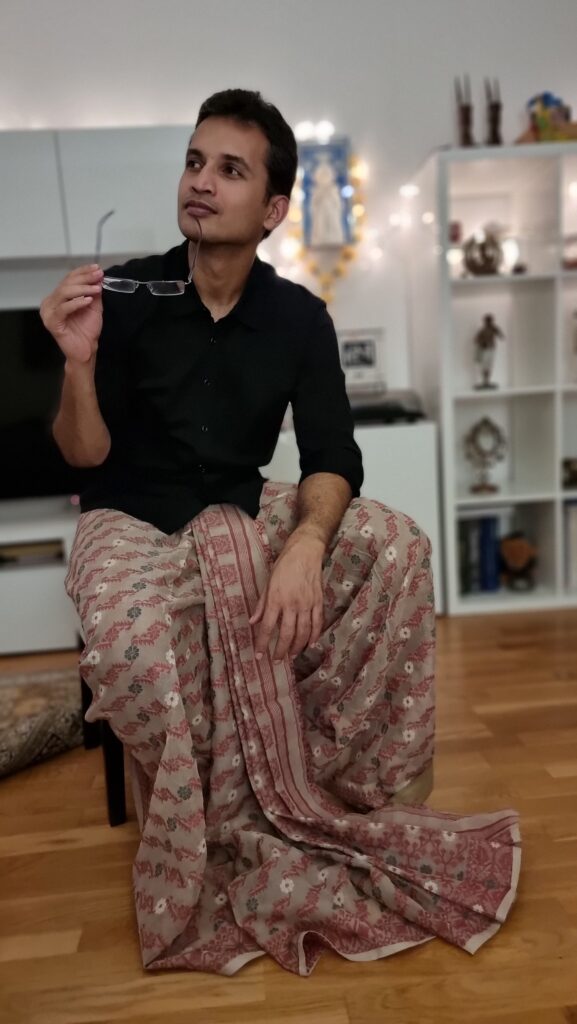
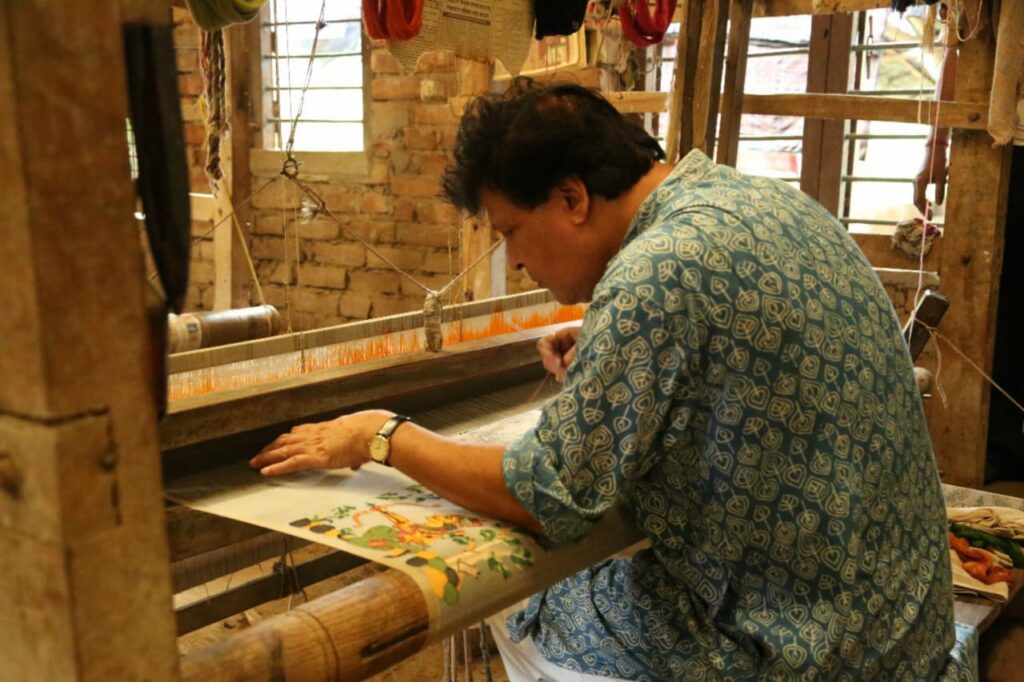
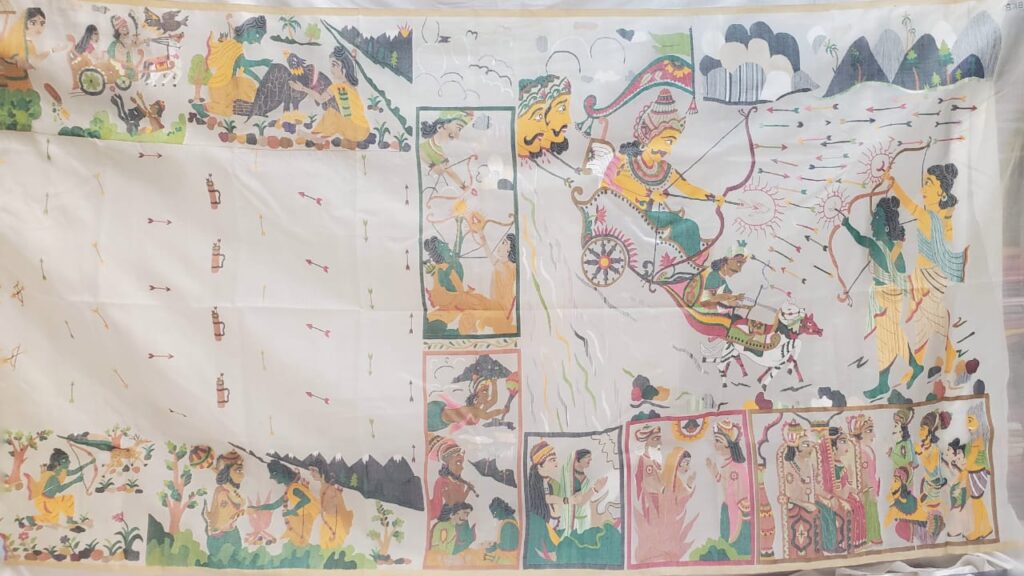


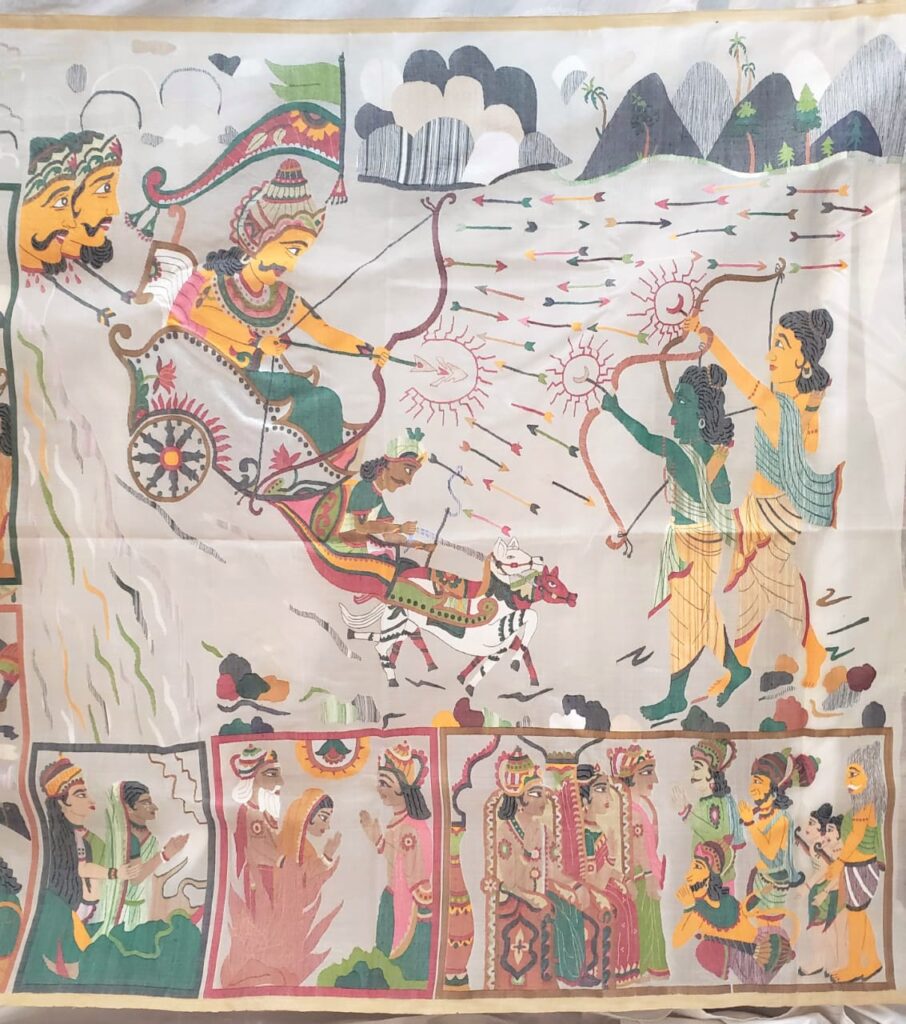


Ki darun saree gulo.Hajar buti ta classic.Priyanka Chopra r ei saree ta agey dekhechi,kintu jantam na Biren Basak er kora.
Amio jantam na age. Orai bollo